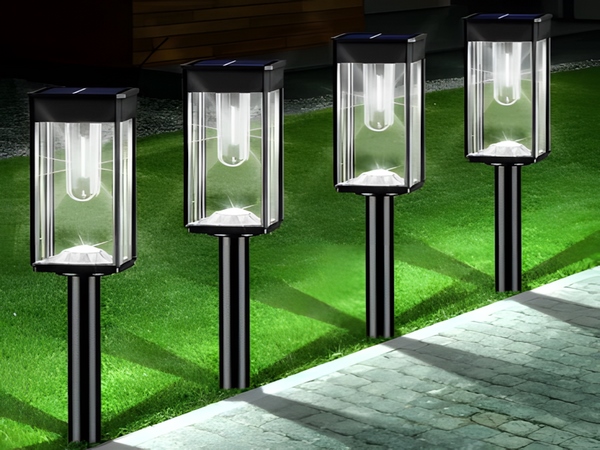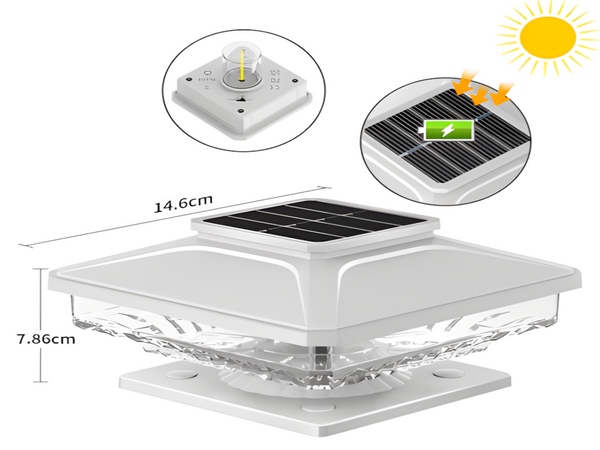
With the rapid development of new towns and energy-efficient road renovations, improving lighting conditions in rural areas has become urgent. Supported by national policies, the use of solar streetlights has become an important trend in rural road lighting. However, before using solar streetlights, installation must take place. What are the steps for installing solar streetlights? Below, the Century Sunshine Lighting editor will introduce this process.
1. Installation Location
The key to solar streetlights and solar garden lights is their ability to effectively receive light energy. Therefore, site selection becomes the first consideration in the installation process. At the installation site, first check for any obstructions and obstacles around the foundation. There must be no trees, tall buildings, or other objects that could block light; installation is not permitted in shaded areas.
2. Foundation
1. The size and solidity of the solar streetlight foundation. The stability of the foundation directly impacts the safety of the pole, so it is crucial to follow the construction drawings strictly, ensuring accurate dimensions and materials.
2. The quality of the soil surrounding the foundation. This aspect is also closely related to the safety of the pole. The soil around the foundation should have low humidity and high strength to prevent instability from pushing forces and ensure safety.
3. The position and clarity of the wiring hole in the foundation. The purpose of the wiring hole is to bring the battery line from underground into the pole. If the hole is misaligned, it can become blocked during pole installation. Moreover, if there are foreign objects or knots inside the wiring hole, it will completely seal it off. Both situations will prevent the battery line from entering, leading to a power supply failure.
3. Wiring
During the wiring process of the solar streetlight, there must be no electrical connections inside the pole. All connecting wires must be continuous. (Except for some light sources that come with leads, when connecting lead lamps with internal light source wires, ensure a tight connection and adequate waterproofing to prevent electrical leakage. During connection, avoid the possibility of the lamp head falling due to the influence of gravity.)
Take care with your technique during the wiring process; do not pull hard to avoid breaking the wires or damaging the insulation, which can lead to electrical leakage.
4. Light Source and Solar Panel

The main concerns are the firmness of the power cable connections and the tightness of the screws. All wire connections must be secure and aesthetically pleasing to prevent disconnections and leaks.
During the tightness process of the screws, ensure an appropriate level of tightness; do not make them too loose or too tight, aiming for a stable connection. Avoid over-tightening to prevent screws from stripping; do not leave them too loose, to avoid displacement of components due to looseness.

When installing the solar panel, pay attention to its direction; ideally, it should face due south, as this direction receives the most sunlight for the longest period. If facing south is not possible due to special circumstances, prioritize the direction with the longest and strongest sunlight.
5. Erecting the Pole
Before erecting the solar streetlight pole, it is essential to check all power lines for electrical leakage. If any leaks are found, correct them as soon as possible. Safety must be a priority during the pole erection process. When securing the anchor screws, adjust the pole’s direction and level, ensuring it does not tilt forward, backward, or sideways. After completing all tasks, re-tighten the anchor screws to ensure stability.
The main steps for installing solar streetlights have been shared here. As a type of cold light source product, solar streetlights offer high cost-effectiveness, are environmentally friendly, safe, reliable, stable in quality, have a long service life, and are easy to install and maintain. They can be widely applied in landscape lighting, road lighting, advertising light boxes, urban decorative lighting, and residential lighting systems.



